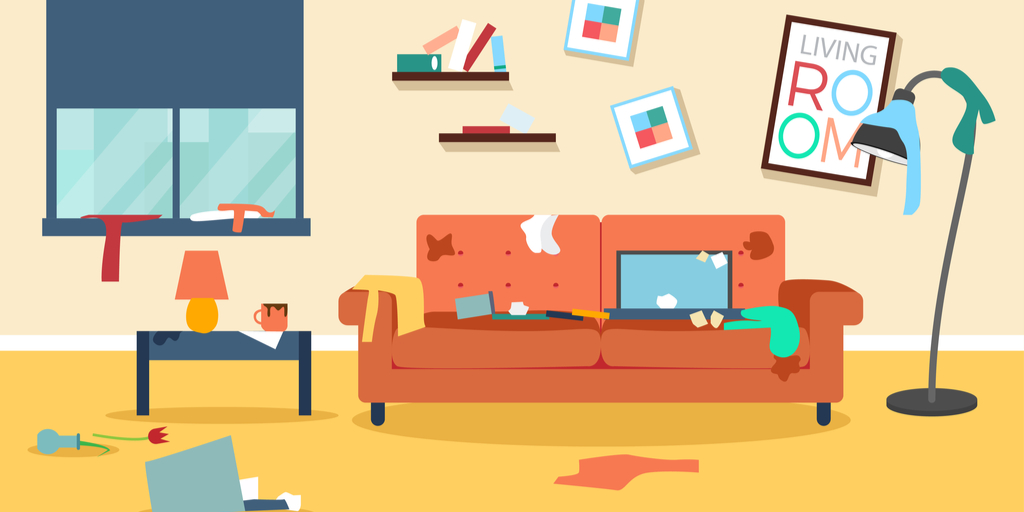What is wear and tear?
It is a commonly used phrase in lettings, but what does it mean?
If an item deteriorates due to wear and tear then the landlord is responsible for the repair/replacement cost. If it has deteriorated due to damage then the landlord can pursue the tenant for reimbursement of the cost or repair/replacement. The landlord can apply for a deduction from the tenant’s deposit or apply for a payment order from the First-tier Tribunal for Scotland (Housing & Property Chamber).
So how do you distinguish between wear and tear and damage? It isn’t a precise science. Wear & tear is defined in case law as follows:
“Reasonable wear and tear means the reasonable use of the house by the tenant and the ordinary operation of natural forces.”
Some typical examples are as follows:
| Item | Wear & tear | Damage |
| Carpet | Worn, compacted and discoloured from footfall | A burn mark, red wine stain or tear |
| Paintwork | Scuffs and light scratches on walls | Pen marks, stains from spillages, a hole or deep gouge |
| Appliances | A part needing to be replaced because it has suffered mechanical failure due to age/normal use | A crack in a salad drawer in a fridge, a bra wire becoming stuck in the mechanism of a washing machine |
The amount of wear and tear you should expect in your property depends on:
- The quality of the item – some items are made to last longer than others
- The age of the item – a 5-year old carpet will have been subjected to more wear than one that is just a year old
- The number and age of the occupants – a property will experience more wear and tear if it is occupied by a family with children than if it is occupied by a single person who is out at work all day
- The length of their tenancy – the longer the tenancy, the more wear and tear the landlord should expect
In order to be successful in claiming against the tenant for cleaning/damages it is vital to have a thorough opening and closing inventory/schedule of condition report including photographs of any damage. A SAL template for this can be found here (members please log in to download documents). The landlord will also need estimates/invoices showing the repair/replacement cost.
Safedeposits Scotland have an excellent guide to product lifespans which will help you work out if deposit deductions are justified and how much to claim. The guide can be found here.
Not yet a member? Please join SAL to access our documents, helpline advice and to ensure you are sent all our new and updated information directly to your inbox. Please show your support by adding your voice to our campaigns as a member.

